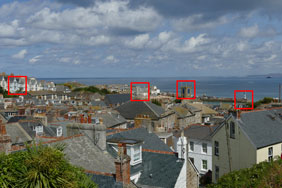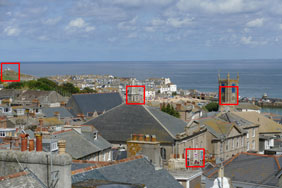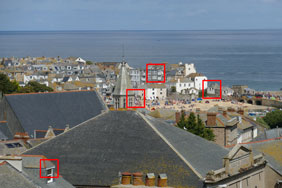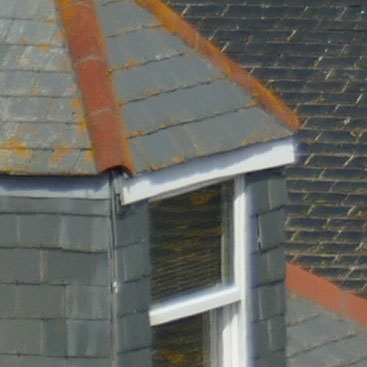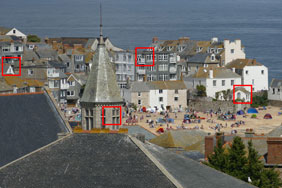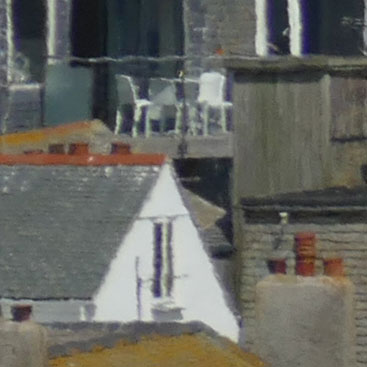Panasonic Lumix FZ1000 review
-
-
Written by Ken McMahon
Quality
Panasonic Lumix FZ1000 vs Sony RX10 JPEG
To compare real-life performance I shot this scene with the Lumix FZ1000 and the Sony RX10 within a few moments of each other using their best quality JPEG settings.
Both camera lenses were set to provide the same vertical angle of view which involved nudging the Sony RX10 in a tad to match the maximum wide angle of the Lumix FZ1000.
Both Cameras were set to Aperture priority mode and f4 selected which produced the best results and also allowed the same aperture to be set for tests at zoom setings throughout the focal range. The RX10 has a constant f2.8 aperture, but the Lumix FZ1000 closes to f4 at the maximum 400mm focal length
For this test the cameras were mounted on a tripod and image stabilisation was disabled. The ISO sensitivity was manually set to the lowest available setting in the standard range and all other settings were left on the defaults.
The image above was taken with the Panasonic Lumix FZ1000. The camera was set to Aperture priority mode and at f4 with the sensitivity manually set to the base 125 ISO setting the Lumix FZ1000 selected a shutter speed of 1/2000. The Sony RX10 was also set to f4 and at its base 80 ISO sensitivity setting metered a shutter speed of 1/1250 – equivalent to the exposure on the FZ1000 when the ISO difference is taken into account. As usual the crops are taken from the areas marked in red above.
First impressions of the crops from the Lumix FZ1000 are on the whole positive. Generally there looks to be a good level of detail and edges are nice and crisp. The first crop is from close to the left edge of the frame and looks a little bit soft; the detail in the stone facing of the building and the roof tiles is a little blurry and the edges of the window frames aren’t as crisp as in they are in the second crop from closer to the centre of the frame.
In the third crop, also from the middle of the frame, detail is sharper, but you can’t quite make out the time on the clock. And in the final crop from close to the right edge of the frame you can almost, but not quite make out the text on the poster fixed to the lamp post.
The one inch sensor in the Lumix FZ100 is producing plenty more detail than you’d see in a typical compact with a 1/2.3in sensor, but, not surprisingly, it isn’t quite up to the standard of a larger Four Thirds or APS-C sensor. The other thing worth noting here is that at this focal length the FZ1000’s lens does a prety good job of rendering detail consistently across the frame.
But how does it compare with the results from the Sony RX10? Both models feature a 20 Megapixel one inch CMOS sensor, in all likelihood it is in fact the same sensor, so you might expect the results to be similar, but how does the real-life comparison hold up? Despite the same exposure the Sony RX10 crops look a little darker and are more contrasty. This gives the appearance of greater sharpnes and detail, but, in the first crop at least, I’m not sure the RX10’s sensor and lens combination is actually delivering more real detail than the Lumix FZ1000.
The second crop again looks punchier, but I’m not convinced the differences amount to more than can be accounted for by the lens and processing. Aside from the bluer white balance, the third crop looks almost identical and the RX10’s fourth crop looks a little blurrier. On the basis of this comparison, I think there’s little quality difference between these two models. A look at the RAW files may reveal more and you can see that comparison on my Lumix FZ1000 RAW results page.
Alternatively, scroll down the page to see how these models compare when zoomed in to 50mm, 100mm, and 200mm equivalent focal lengths and finally to see the quality of the FZ1000 at its maximum 400mm focal length. To see how they compare at higher sensitivities check out my Panasonic Lumix FZ1000 noise results.
Lumix FZ1000 JPEG | Sony RX10 JPEG | |
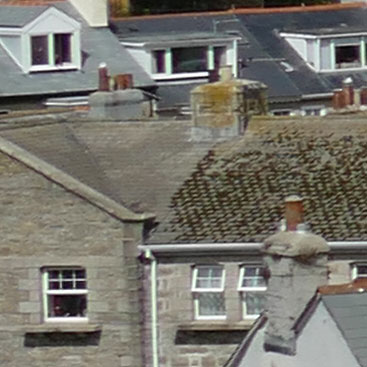 |  | |
f4, 125 ISO | f4, 80 ISO | |
 |  | |
f4, 125 ISO | f4, 80 ISO | |
 |  | |
f4, 125 ISO | f4, 80 ISO | |
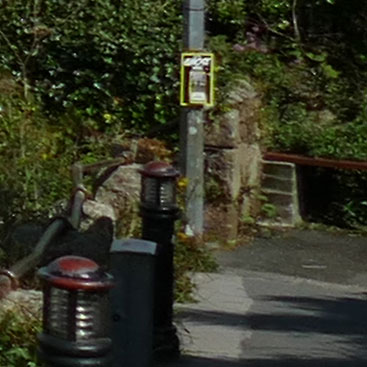 | 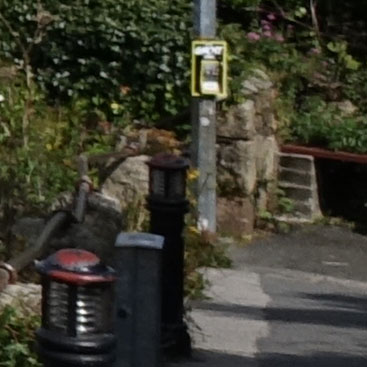 | |
f4, 125 ISO | f4, 80 ISO |
Panasonic Lumix FZ1000 vs Sony RX10 Quality at approx 50mm
For this next test I zoomed both cameras in to an equivalent focal length of around 50mm. As before the Aperture was set to f4 in aperture priority mode and the crops are taken from the areas marked by the red rectangles opposite. The first crop from the left edge of the frame shows a more pronounced difference than at 25mm, with the Sony RX10 crop looking cleaner and sharper. I still think this is largely down to better performance from the RX10’s lens and a different approach to processing but irrespective of the reason, at these focal lengths you get sharper edges with the RX10. Just take a look at the blue fence in the bottom of the crop to see just how much difference there is. Moving on to the second crop, from closer to the middle of the frame the quality difference evaporates, which confirms that it’s due to lens performance. As before, the Sony RX10 crop is a little punchier, but the sharpness and level of detail in both crops is more or less the same. The third crops, also from near the middle of the frame, look very similar too. Interestingly so do the final crops, unlike the left, on the right side of the the frame there’s not much in it at 50mm. Scroll down for a comparison at a longer focal length, or head onto my FZ1000 noise results or check out my FZ1000 RAW quality.
Panasonic Lumix FZ1000 vs Sony RX10 Quality at approx 100mm
Zoomed into 100mm we’re exactly half way through the Sony RX10’s 24-200mm zoom range but only a quarter into the 25-400mm range of the Lumix FZ1000. As before both models are set to f4 in Aperture priority mode and the crops are taken from the areas marked in red opposite. No surprises comparing the first crop from close to the left edge of the frame where the RX10 turns in a crisper more contrasty crop with more apparent detail. And in what so far appears to be a rerun of the 50mm results the second crops, this time from pretty much the dead centre of the frame, are almost identical in terms of sharpness and detail. The third crop from closer to the lower edge of the frame looks to be a little punchier from the Sony RX10, but other than heightened contrast there isn’t really anything else going on. With the fourth crop, once again, it’s too close to call with both models delivering a crop with very similar levels of detail. Scroll down for a comparison at a longer focal length, or head onto my FZ1000 noise results or check out my FZ1000 RAW quality.
Panasonic Lumix FZ1000 vs Sony RX10 Quality at approx 200mm
For this final comparison I zoomed both cameras in to 200mm equivalent – the maximum zoom on the Sony RX10, but only halfway through the 25-400mm equivalent zoom range of the Lumix FZ1000. Again, the exposure was left in Aperture priority mode and set to f4 on both cameras and the crops are taken from the areas marked by the red rectangles opposite. This time the first crop comes from close to the bottom left corner of the frame but the results are consistent with those from all the other focal lengths tested; the Sony RX10 crop is sharper and more detailed compared with the softer result from the Lumix FZ1000 corner. At the shorter focal lengths, crops from close to the middle frame have consistently been very similar, but at the maximum 200mm zoom of the RX10 for the first time there’s a qualitative difference here with the detail in the RX10 crops looking blockier, giving a slightly impressionistic look compared with the Lumix FZ1000. It’s most obvious in the figures on the beach – compare the striped windbreak – and the windows on the right edge of the crop. It’s the same story in the remaining two crops with the fine detail on the RX10 taking on a clumpy appearance. Scroll down for a result at a longer focal length, or head onto my FZ1000 noise results or check out my FZ1000 RAW quality.
Panasonic Lumix FZ1000 Quality at approx 400mm
For this final test I zoomed the Lumix FZ1000 to its maximum 400mm equivalent focal length. There are no crops for the RX10 as its zoom range tops out at 200mm equivalent. As before the exposure was left in Aperture priority mode and set to f4 and the crops are taken from the areas marked by the red rectangles opposite. In these crops you can see the same clumpiness in the detail that the Sony RX10 was exhibiting at its maximum 200mm focal length. If anything, it looks a little worse here, it’s hard to find a straight edge anywhere, though the problem does appear to be worse at the edges than in the middle of the frame. The best result is the second crop, but all the others suffer quite badly wth the problem. Some of this could be attributed to atmospheric heat rising though. Aside from the wobbly edges quite a lot of fine detail is lost which you’d have every expectation of capturing at the wider focal lengths. The roof tiles in crops one and four suffer particularly badly, as do the window frames in the third crop. Now head onto my FZ1000 noise results or check out my FZ1000 RAW quality.
|
Panasonic Lumix FZ1000 vs Sony RX10 RAW quality
To compare real-life RAW performance I shot this scene with the Lumix FZ1000 and the Sony RX10 within a few moments of each other using their RAW modes.
Both camera lenses were set to provide the same vertical angle of view which involved nudging the Sony RX10 in a tad to match the 25mm maximum wide angle of the Lumix FZ1000.
Both Cameras were set to Aperture priority mode and f4 selected which produced the best results.
For this test the cameras were mounted on a tripod and image stabilisation was disabled. The ISO sensitivity was manually set to the lowest available setting in the standard range and all other settings were left on the defaults.
The image above was taken with the Panasonic Lumix FZ1000. The camera was set to Aperture priority mode and at f4 with the sensitivity manually set to the base 125 ISO setting the Lumix FZ1000 selected a shutter speed of 1/2000. The Sony RX10 was also set to f4 and at its base 80 ISO sensitivity setting metered a shutter speed of 1/1250 – equivalent to the exposure on the FZ1000. As usual the crops are taken from the areas marked in red above.
I processed both files in Adobe Camera RAW using identical settings: Sharpening at 50 / 0.5 / 36 / 10, Luminance and Colour Noise Reduction both set to zero, the White Balance set to 5300K, tint +1, and the Process to 2012 with the Adobe Standard profile. These settings were chosen to reveal the differences in sensor quality and isolate them from in-camera processing. The high degree of sharpening with a small radius enhances the finest details without causing undesirable artefacts, while the zero noise reduction unveils what’s really going on behind the scenes.
Comparing the first set of crops from the left edge of the frame, there’s not much between them in terms of detail and sharpness. In fact the biggest noticeable difference between these RAW crops and the JPEGs is the colour fringing, both lenses suffer to a similar degree from chromatic aberration which has been corrected in-camera on the JPEGs.
Moving on to the crops from the middle of the frame, I really can’t see any difference here beyond what could be attributed to differences between the respective lenses. If you look at the vertical lines of the window frames and the roof tile in the second crop they look pretty much identical. The fourth crop from the Sony is blurrier, but again, that’s a lens issue rather than the sensor.
On the basis of these crops I wouldn’t be in the least surprised if we’re looking at results form the same sensor; it’ll be interesting to see if the RAW noise results provide further confirmation. Other than that it looks like both models have done a good job with in camera JPEG processing. The JPEG results on the previous page compare very favourably with what you can see here; given what the sensor is delivering the JPEG processing is producing sharp results with a good level of detail. As I’ve said, the Sony RX10 JPEGs look a little punchier than those from the FZ1000, if you prefer that, it’s a simple enough matter to increase the contrast and/or sharpening on the FZ1000.
To see how they compare at higher sensitivities check out my Panasonic Lumix FZ1000 noise results.
Lumix FZ1000 JPEG | Sony RX10 JPEG | |
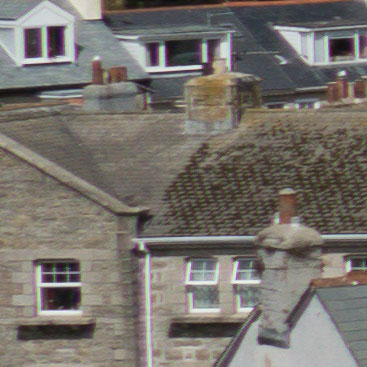 | 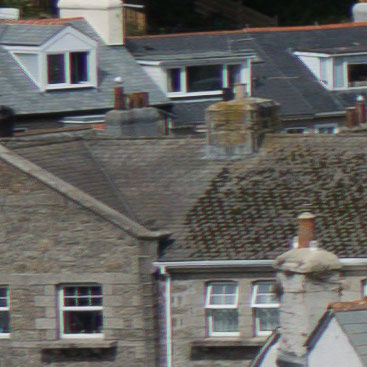 | |
f4, 125 ISO | f4, 80 ISO | |
 |  | |
f4, 125 ISO | f4, 80 ISO | |
 |  | |
f4, 125 ISO | f4, 80 ISO | |
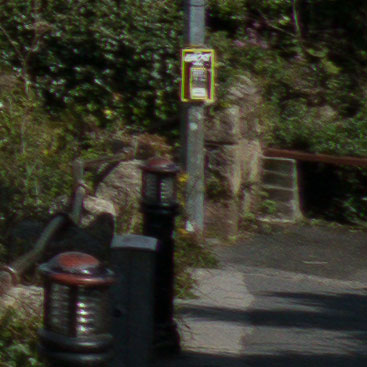 | 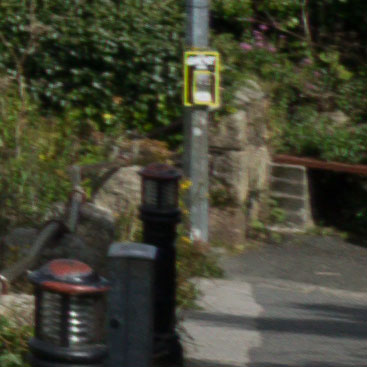 | |
f4, 125 ISO | f4, 80 ISO |
Panasonic Lumix FZ1000 vs Sony RX10 RAW noise
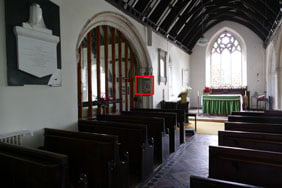
To compare RAW noise levels under real-life conditions , I shot this scene with the Panasonic Lumix FZ1000 and the Sony RX10 within a few moments of each other using their RAW settings at each of their ISO sensitivity settings.
Both camera lenses were set to provide the same vertical angle of view which involved nudging the Sony RX10 in a tad to match the maximum wide angle of the Lumix FZ1000.
The above shot was taken with the Lumix FZ1000 in Aperture priority at f4. For these tests both cameras were placed on a tripod and stabilisation was disabled. The FZ1000 metered an exposure of 0.8s at 80 ISO. To achieve the same exposure on the Sony RX10 I set -0.3EV exposure compensation.
The ISO sensitivity range for the FZ1000 is 125 to 12800 ISO, but the range can be extended to 80 – 25600 ISO. For the sake of completeness, and to make comparisons with the Sony RX10 which has a range of 80 – 12800 ISO, I’ve coverered the FZ1000’s extended ISO sensitivity range with 80 and 125 ISO crops at the lower end of the range and 25,600 ISO at the top. But bear in mind that in the ‘normal range the FZ1000’s base ISO setting is in fact 125 ISO.
I processed all files in Adobe Camera RAW using identical settings: Sharpening at 50 / 0.5 / 36 / 10, Luminance and Colour Noise Reduction both set to zero, the White Balance set to 4100K, tint 5, and the Process to 2012 with the Adobe Standard profile. These settings were chosen to reveal the differences in sensor quality and isolate them from in-camera processing. The high degree of sharpening with a small radius enhances the finest details without causing undesirable artefacts, while the zero noise reduction unveils what’s really going on behind the scenes – as such the visible noise levels at higher ISOs will be much greater than you’re used to seeing in many comparisons, but again it’s an approach that’s designed to show the actual detail that’s being recorded before you start work on processing and cleaning it up if desired.
Casting your eye down these crops comparing each row from top to bottom it’s difficult to see much, if any difference between them. Despite receiving the same exposure the Sony RX10 crops look a tiny bit darker, but in terms of noise the two sets of crops look uncannily alike at each and every ISO sensitivity setting. I think this is the strongest evidence yet that the sensors in the Lumix FZ1000 and Sony RX10 are indeed one and the same. What’s also interesting is that the in-camera JPEG processing gives the RX10 a little bit of an advantage for JPEGs in the lower end of the sensitivity range.
Now head over to my Lumix FZ1000 sample images to see some more real-life shots in a variety of conditions.
Lumix FZ1000 RAW | Sony RX10 RAW | |
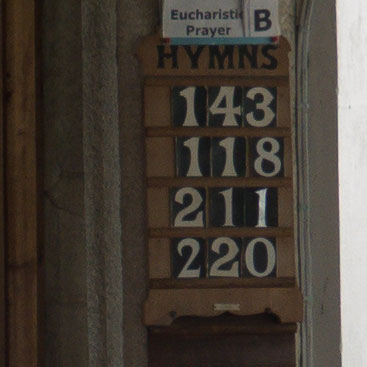 | 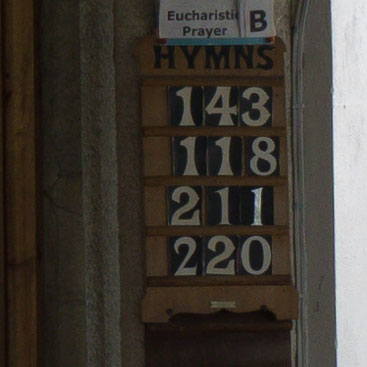 | |
80 ISO | 80 ISO | |
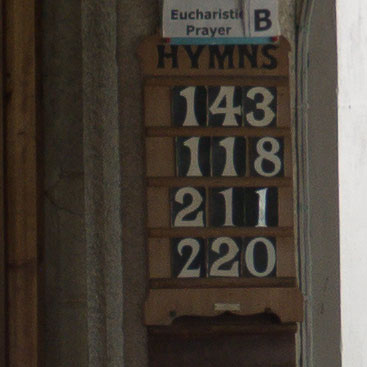 | 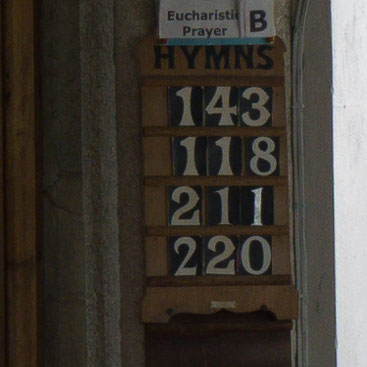 | |
100 ISO | 100 ISO | |
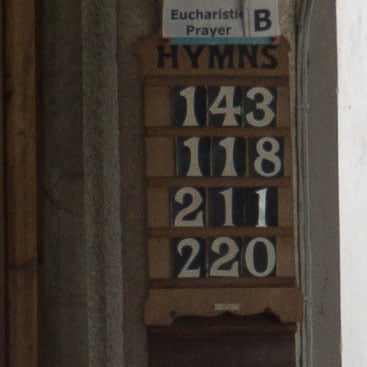 | 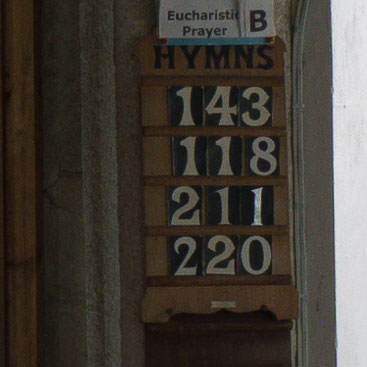 | |
125 ISO | 125 ISO | |
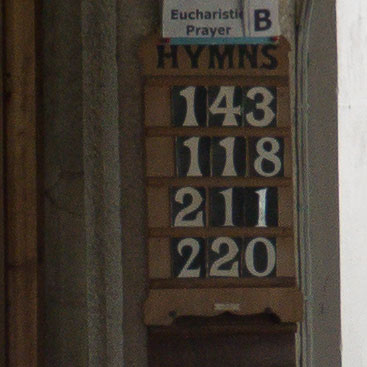 | 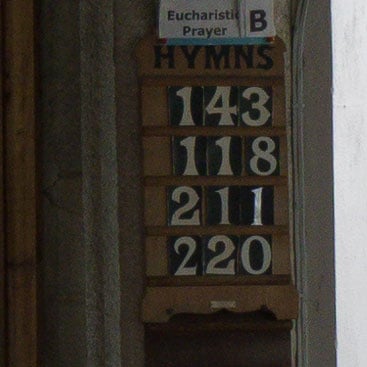 | |
200 ISO | 200 ISO | |
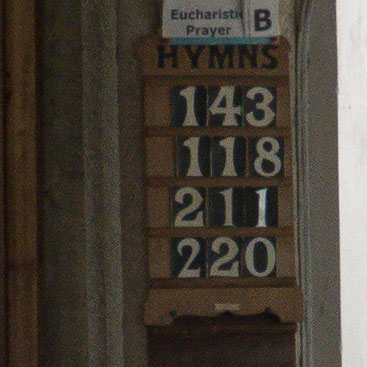 | 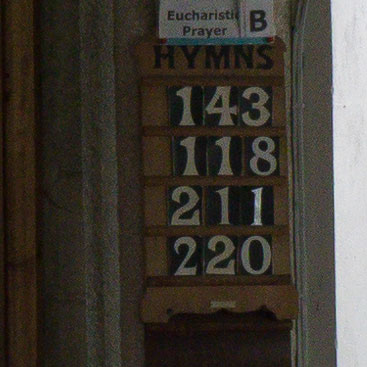 | |
400 ISO | 400 ISO | |
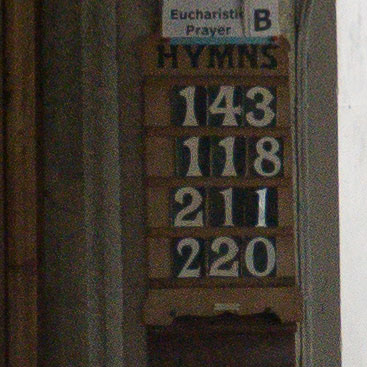 | 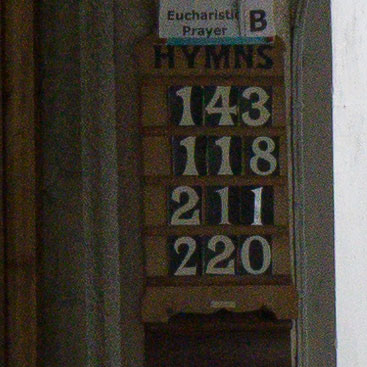 | |
800 ISO | 800 ISO | |
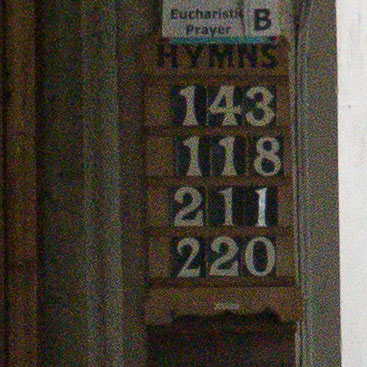 | 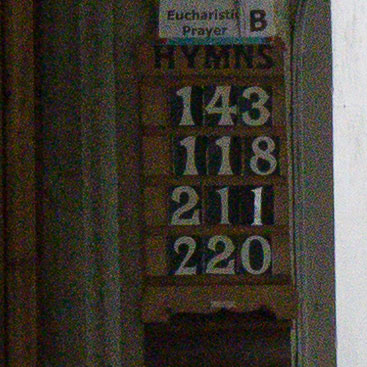 | |
1600 ISO | 1600 ISO | |
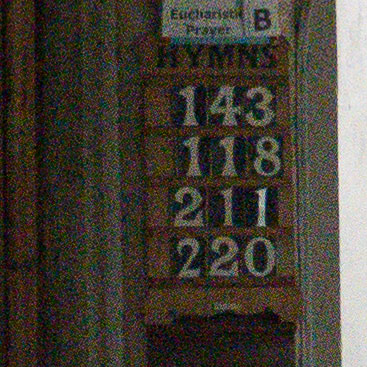 | 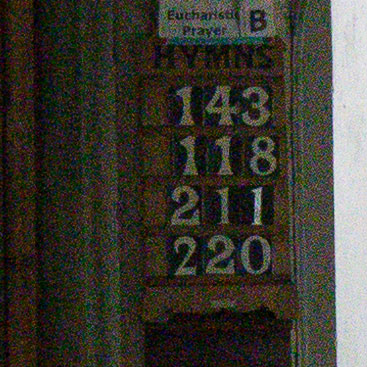 | |
3200 ISO | 3200 ISO | |
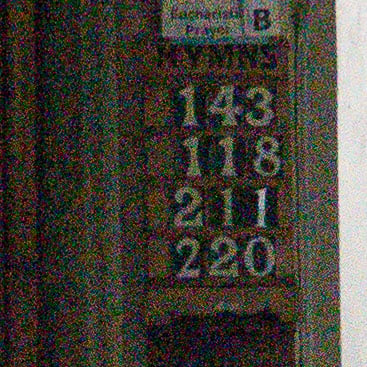 | 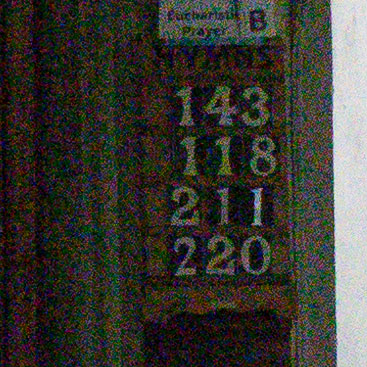 | |
6400 ISO | 6400 ISO | |
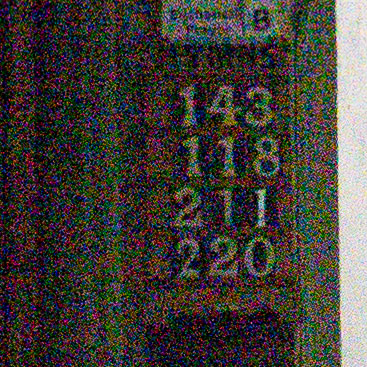 | 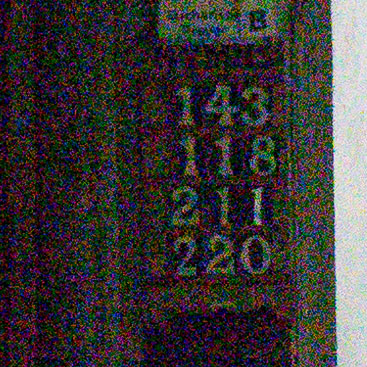 | |
12800 ISO | 12800 ISO | |
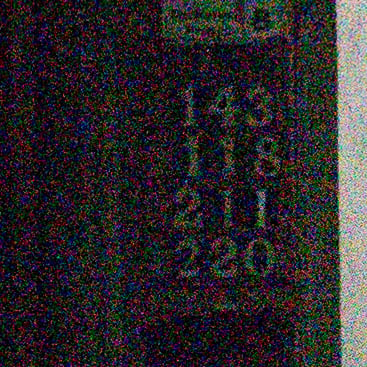 | ||
25600 ISO | 25600 ISO Not available |
Panasonic Lumix FZ1000 vs Sony RX10 JPEG noise

To compare noise levels under real-life conditions , I shot this scene with the Panasonic Lumix FZ1000 and the Sony RX10 within a few moments of each other using their best quality JPEG settings at each of their ISO sensitivity settings.
Both camera lenses were set to provide the same vertical angle of view which involved nudging the Sony RX10 in a tad to match the maximum wide angle of the Lumix FZ1000.
The above shot was taken with the Lumix FZ1000 in Aperture priority at f4. For these tests both cameras were placed on a tripod and stabilisation was disabled. The FZ1000 metered an exposure of 0.8s at 80 ISO. To achieve the same exposure on the Sony RX10 I set -0.3EV exposure compensation.
The Lumix FZ1000 was left on the default settings with i.Dynamic and i.resolution turned off. On the RX10 I turned off DRO. The ISO sensitivity range for the FZ1000 is 125 to 12800 ISO, but the range can be extended to 80 – 25600 ISO. For the sake of completeness, and to make comparisons with the Sony RX10 which has a range of 80 – 12800 ISO, I’ve coverered the FZ1000’s extended ISO sensitivity range with 80 and 125 ISO crops at the lower end of the range and 25,600 ISO at the top. But bear in mind that in the ‘normal’ range the FZ1000’s base ISO setting is in fact 125 ISO.
So the 125 ISO crop from the FZ1000 is the one you should be comparing with the 80 ISO crop from the RX10, they are the base ISO settings for each model. If you do that, you’ll notice that the Lumix FZ1000 is a little bit noisier than the RX10. The extended lower ISO settings on the FZ1000 are certainly worth having though as the crops look slightly cleaner and looking at the overall images and histograms, the dynamic range doesn’t appear to suufer much if at all at the extended lower ISO sensitivity settings.
That said, I think the lower ISO crops from the RX10 look marginally less noisy than those from the FZ100. Up to 400 ISO the RX10 JPEGS have a slight edge. At 800 ISO, though, things even up and though the noise is very apparrent in the 1600 ISO crops, there’s very little to choose between them.
Though the crops look qualitatively different from 3200 up to 12800 ISO, I wouldn’t care to say that one or the other was preferable. In all likelihood, what we’re seeing here is the difference in processing applied to sensors that are similar in terms of noise. In the meantime it’s worth noting that the FZ1000 provides a 25,600 ISO setting which although very noisy, will likely prove preferable to trying to coax something passable from a very noisy 12800 ISO shot image underexposed by a stop. On the other hand, the RX10 has the benefit of Multi Frame Noise Reduction at manually set ISO sensitivities compared with the FZ1000’s Handheld Night Shot mode which uses auto ISO.
But how much of a role does processing play in keeping noise at bay in these crops? To find out, take a look at my Lumix FZ1000 RAW noise results page to see just how much noise is present behind the scenes. Or head over to my FZ1000 sample images to see some more real-life shots in a variety of conditions.
Lumix FZ1000 JPEG | Sony RX10 JPEG | |
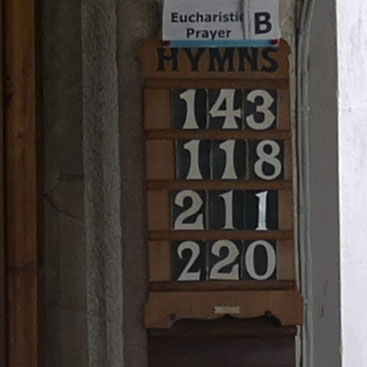 | 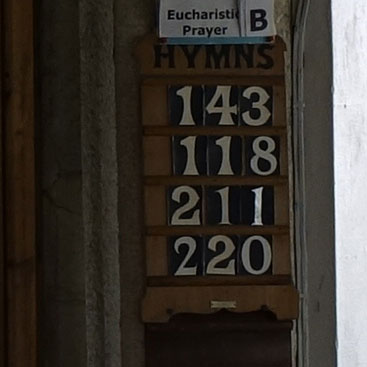 | |
80 ISO | 80 ISO | |
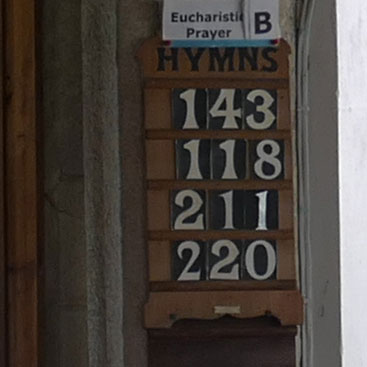 | 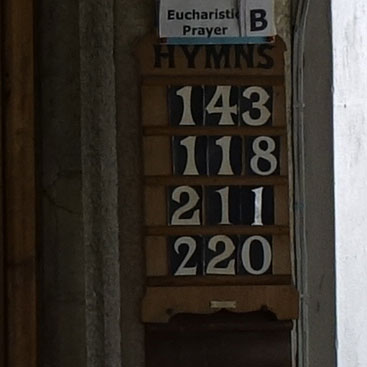 | |
100 ISO | 100 ISO | |
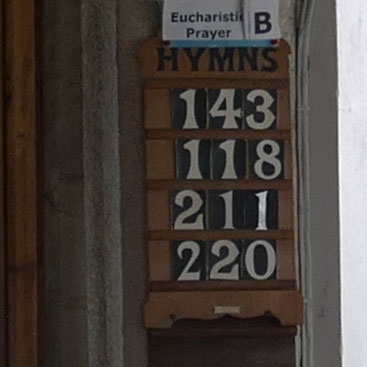 | 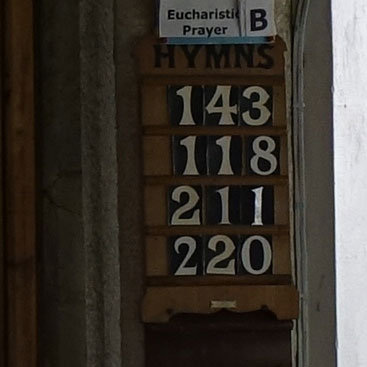 | |
125 ISO | 125 ISO | |
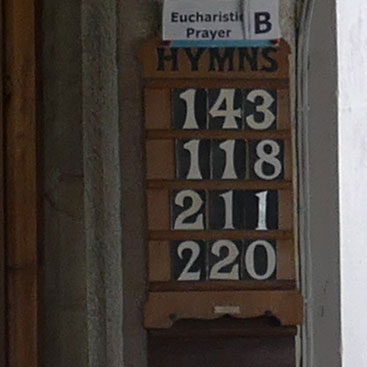 | 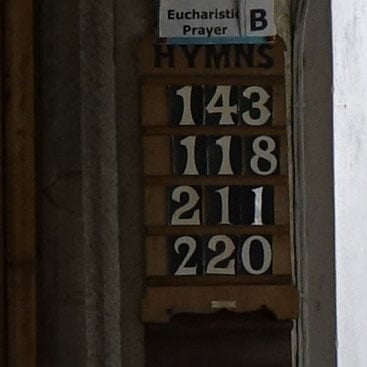 | |
200 ISO | 200 ISO | |
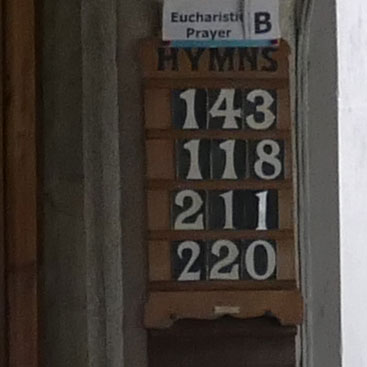 | 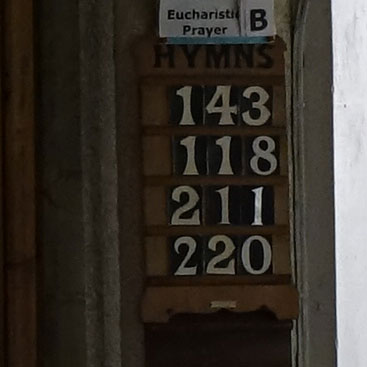 | |
400 ISO | 400 ISO | |
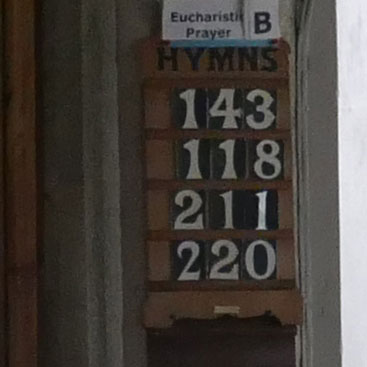 | 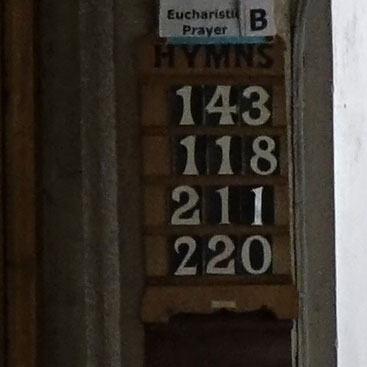 | |
800 ISO | 800 ISO | |
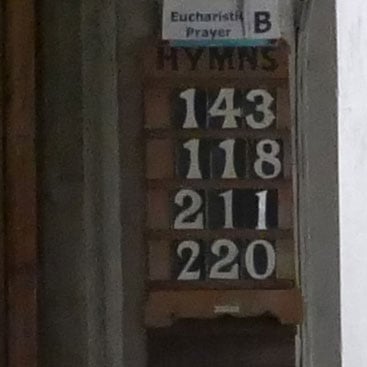 | 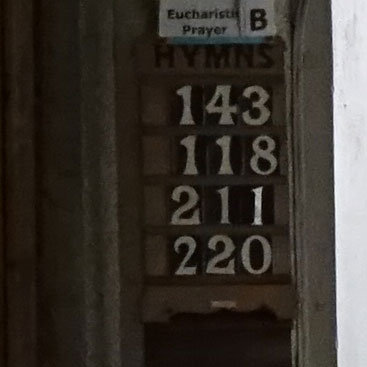 | |
1600 ISO | 1600 ISO | |
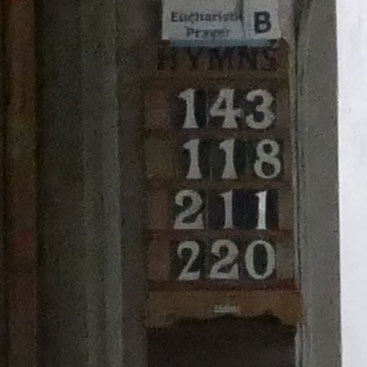 | 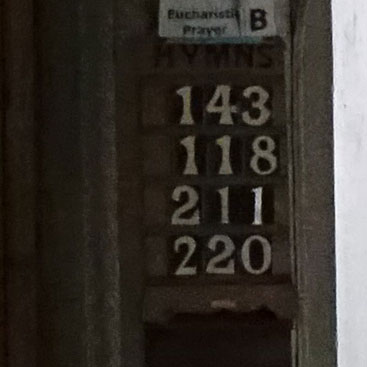 | |
3200 ISO | 3200 ISO | |
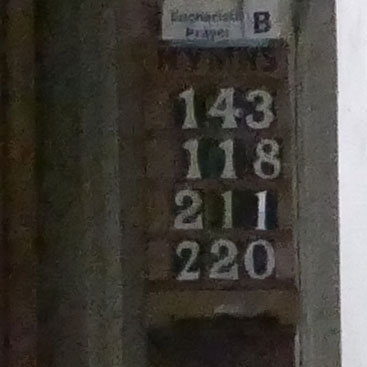 | 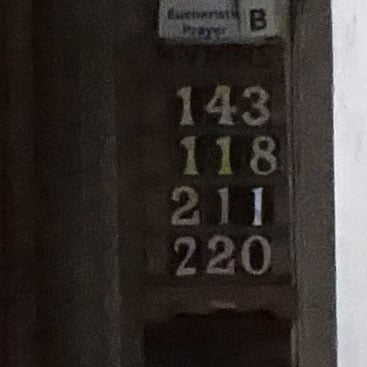 | |
6400 ISO | 6400 ISO | |
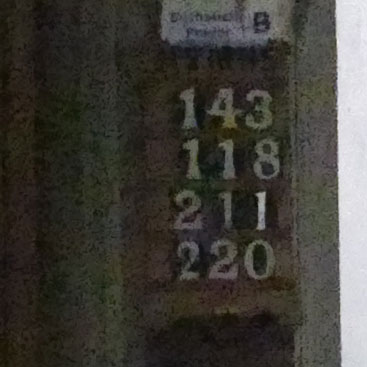 | 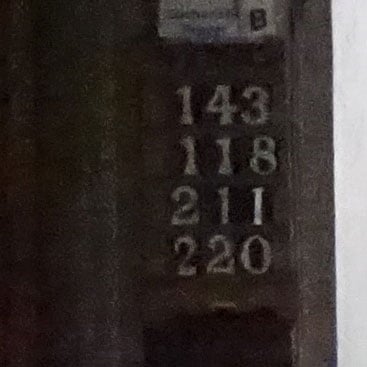 | |
12800 ISO | 12800 ISO | |
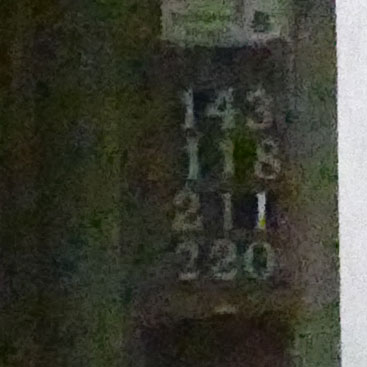 | ||
25600 ISO | 25600 ISO Not available |
